 At the fourth ministerial conference on the Regional Comprehensive Economic Partnership (RCEP) ended on August 5, the commerce and trade ministers of ten member countries from the Association of Southeast Asian Nations (ASEAN), China, Japan, Korea, India, Australia and New Zealand reiterated early conclusion of negotiations for the RCEP, according to the Ministry of Commerce (MOFCOM). Chinese Minister of Commerce Gao Hucheng advocated to finish the negotiations as early as possible.
At the fourth ministerial conference on the Regional Comprehensive Economic Partnership (RCEP) ended on August 5, the commerce and trade ministers of ten member countries from the Association of Southeast Asian Nations (ASEAN), China, Japan, Korea, India, Australia and New Zealand reiterated early conclusion of negotiations for the RCEP, according to the Ministry of Commerce (MOFCOM). Chinese Minister of Commerce Gao Hucheng advocated to finish the negotiations as early as possible.
Based on this, experts think that it is probable that negotiations for the RCEP will be achieved within this year.
Multi-parity negotiations continue without stop
The RCEP was proposed by leaders from ten ASEAN countries at the 21th ASEAN summit held in 2012, and then was agreed by China, Japan, Korea, India, Australia and New Zealand. Therefore, it is also called as “10+6”.
Data shows that total population of member countries of the RCEP accounts for 50 percent of the whole world, and their GDP, trade value and foreign investment amount take up nearly one third in the world. The RCEP is the biggest free trade agreement (FTA) in Asian region at present, as well as the FTA negotiation with the most members, the biggest size and influence which China is involved in. Once established, the RCEP will become a free trade area covering the most population, area, diversified members and with the most vigorous development in the world.
Negotiations for the RCEP officially stated in November 2012, aiming to come to an agreement on building a modern, comprehensive, high-quality and reciprocal economic partnership. As of now, 13 rounds of negotiations have been held by relevant countries. The next two rounds of negotiations will kick off in Vietnam during August 10-19 and in Tianjin during October 16-22 respectively.
According to statistics from the MOFCOM, average GDP growth of the RCEP members is over 30 percent higher than the GDP growth of the world. In 2015, the total output of the RCEP members reached 22.4 trillion U.S. dollars, taking up 30.6 percent of that of the whole world; and total trade value and foreign investment amount recorded 11.9 trillion U.S. dollars and 329.6 billion U.S. dollars. China contributed 1.2 trillion U.S. dollars, 162.64 billion U.S. dollars and 13 billion U.S. dollars to goods trade, service trade and outbound investment respectively in the RCEP members in 2015, accounting for 30.8 percent, 22.8 percent and 11 percent of total amount of China’s goods trade, service trade and outbound investment respectively.
Expand space for China’s foreign trade and economic cooperation
Though the Doha Round of trade talks is frequently blocked, the construction of FTA is widely seen globally. It suggests more active regional economy, but simultaneously, the global trade is fragmentized. The best evidence is the increasing trade friction.
Under such backdrop, it becomes more difficult for China, the largest exporter globally, to expand in the international market by continuing to rely on its cost price advantages.
The establishment of RCEP will bring more cooperation possibilities to China’s economic layout.
In the eyes of Zhang Rui, an economics professor and member of the China Marketing Association, once established, the RCEP will be the largest FTA involved in by China. It will help China to embrace wider trade space and meanwhile enable the “Belt and Road” initiative to play its role on the world’s largest free trade zone (FTZ) platform.
Zhang also believed that the RCEP will force Japan to be more initiative in the negotiation of China-Japan-Korea FTZ, thus the negotiation will be accelerated.
Ni Yueju, a researcher of world economic studies at the Chinese Academy of Social Sciences, pointed out that since all members of the RCEP take the structural adjustment and upgrading of industries as important measures to boost their economy, besides the convenience brought to trade and investment, all members will highlight industry cooperation, promote upgrading of industries and provide Asian economic development with new momentum once the RCEP is established.
Translated by Jennifer and Vanessa
















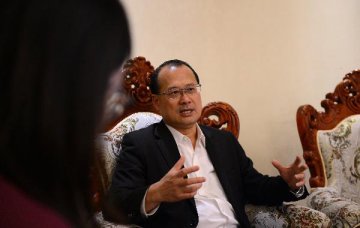
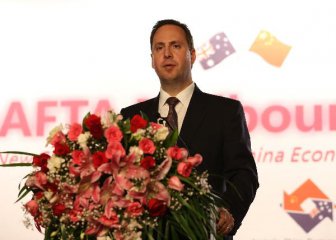
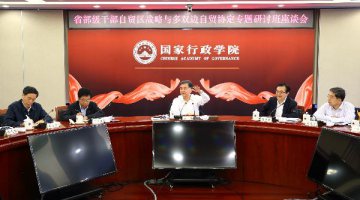
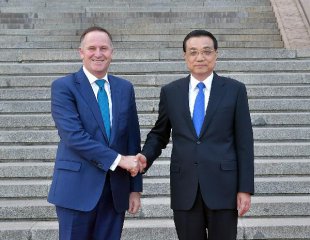

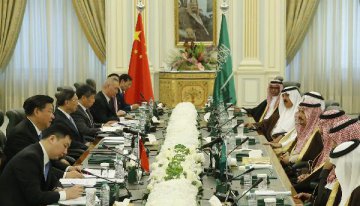


Latest comments